
Ancient ruins examined using satellite imagery provide evidence that the city's huge harbour walls once stood in southern Spain, the experts say.
Many of the sites studied by the team were already known to archaeologists, and are thought to have been constructed by the ancient Romans and Greeks.
Now researchers at private satellite imaging firm Merlin Burrows claim to have found evidence that the sites were in fact built by a mysterious ancient people known as the Atlanteans.
Comment: OK, so its unlikely that this discovery is Atlantis, but they do appear to have found a previously unknown sea-port, which would have been part of an as yet unidentified civilization.
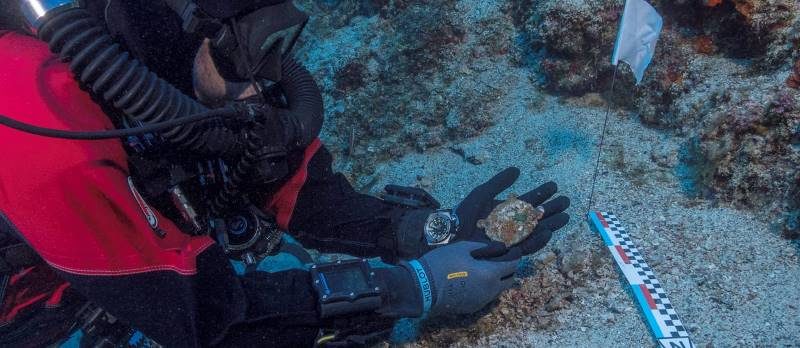
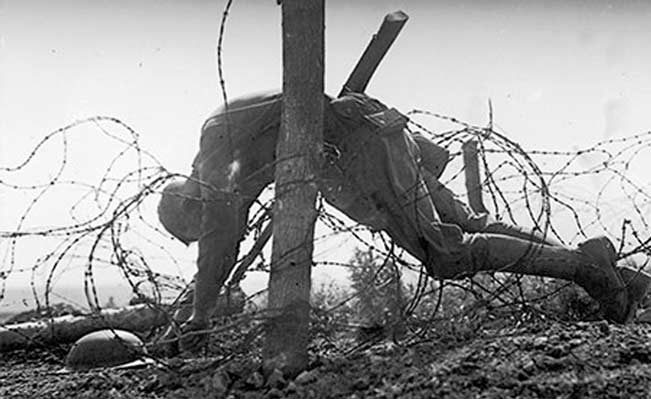
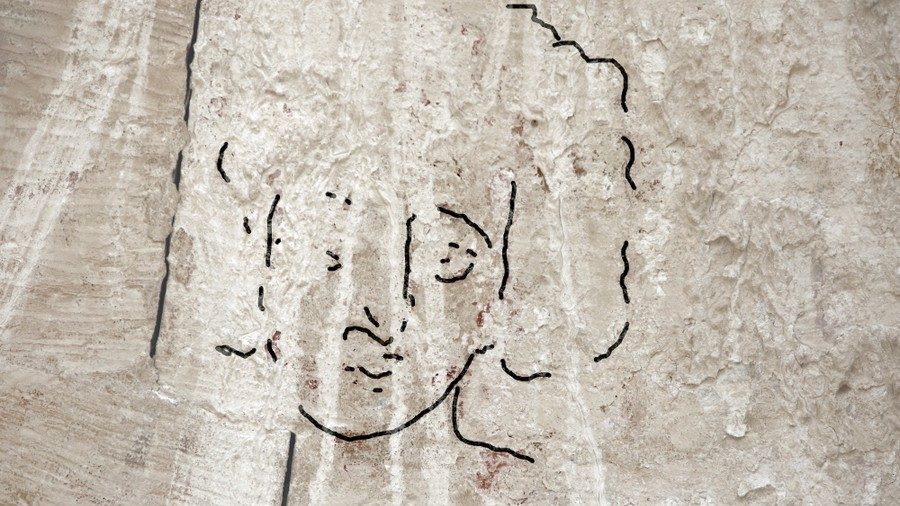

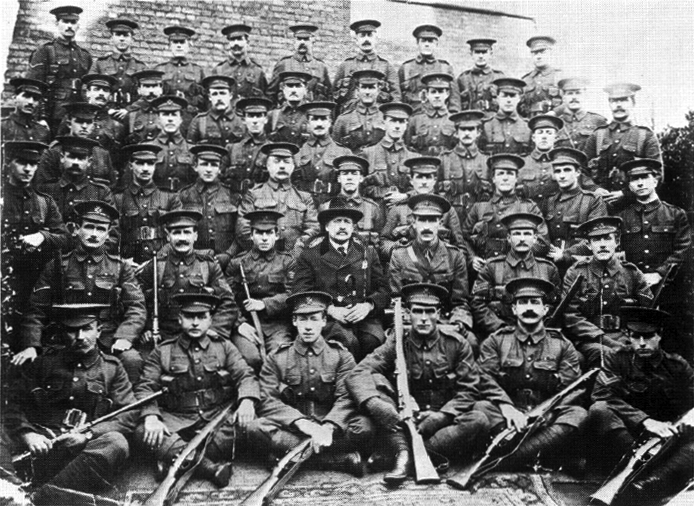
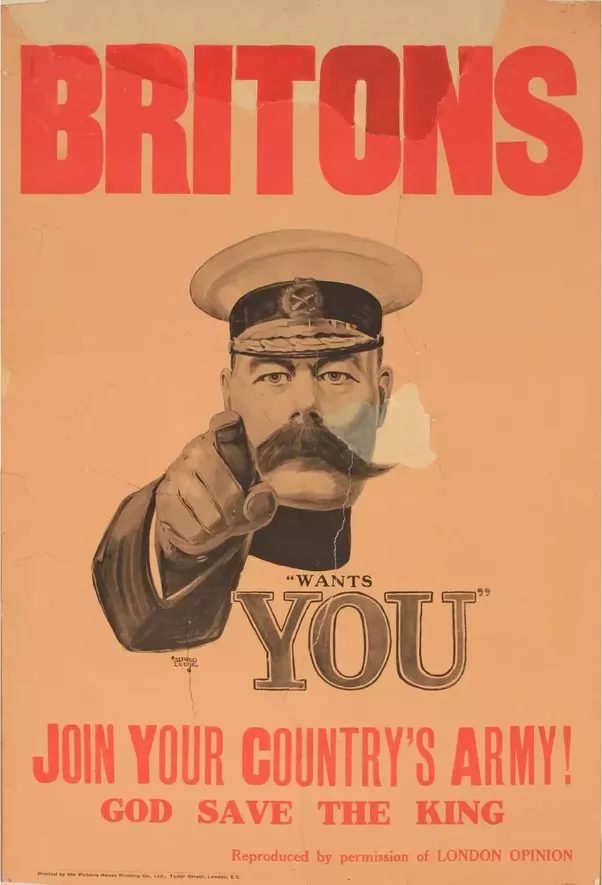
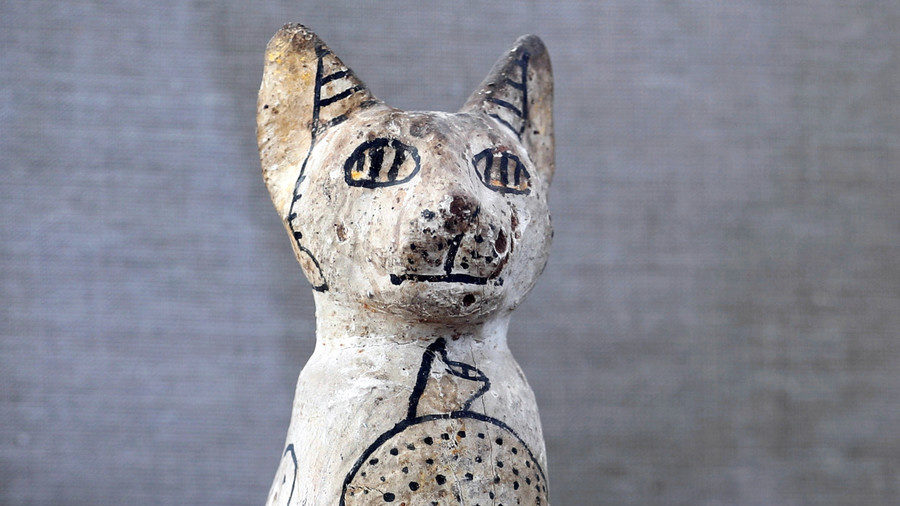
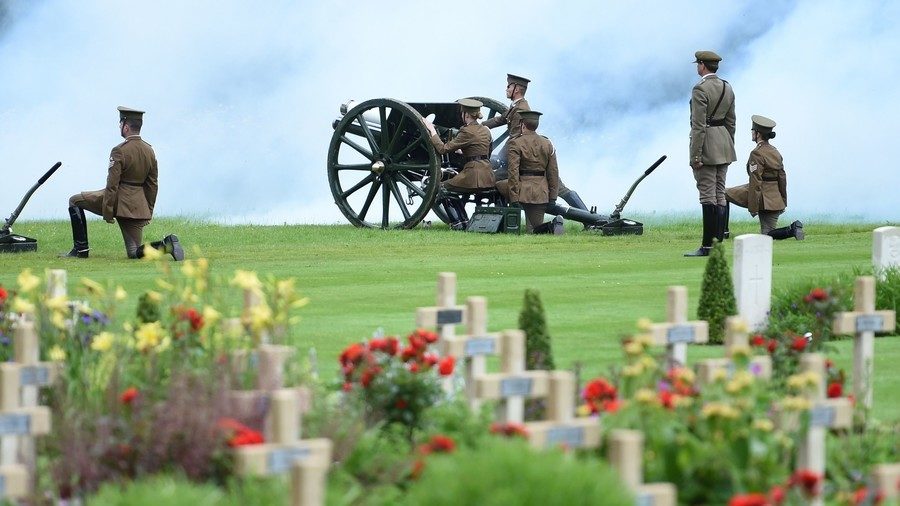




Comment: Evidence of ancient civilizations with advanced building methods can be found throughout the globe, but it's interesting that the speculated date of this one points to the Younger Dryas Event: